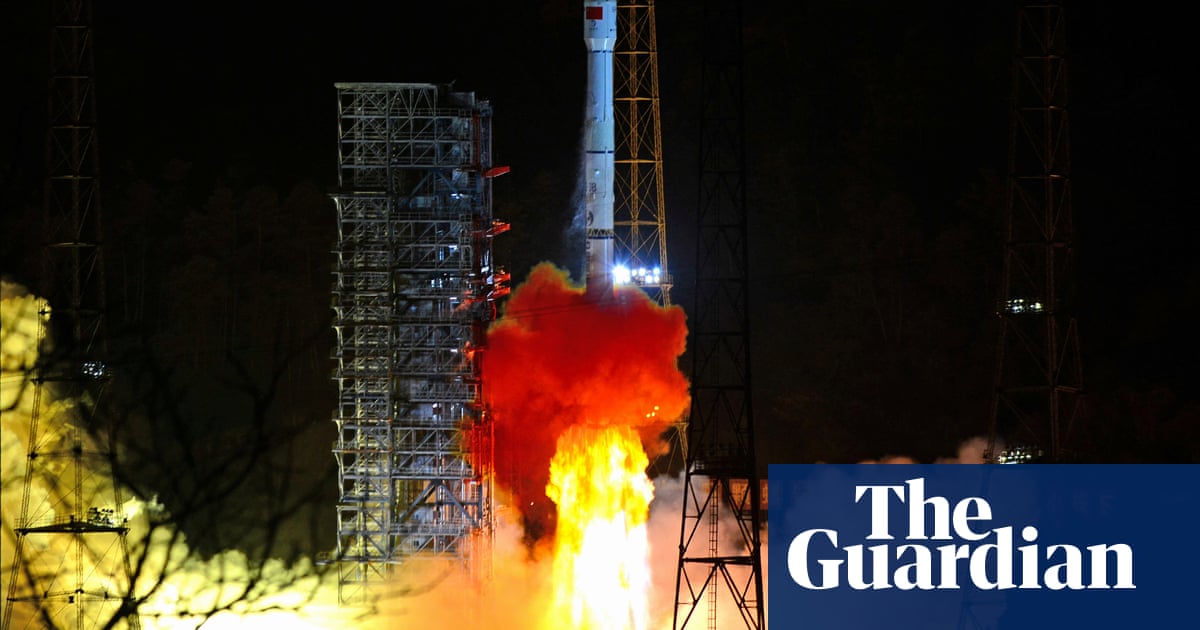
In the last two weeks, two billionaires, Richard Branson and Jeff Bezos, have taken small groups of people to space — or, perhaps one should say, “the edge of space.” For the second flight, Bezos’ space company Blue Origin asked people to bid for a seat, and the winning bid was $28 million. Not quite the “democratization” of space that Branson, Bezos, Elon Musk and others have been cheering. Still, this is an interesting development that deserves a moment’s attention, beyond the “race” between the billionaires, which is what excited the media.
People focused on whether Branson, whose craft reached 86 km, had really made it to space, which is internationally “defined” at 100 km, or the fact that both flights were “suborbital” (didn’t go fully around the planet), but those are not the main issues. The main question is whether the democratization of space flights has really begun.
After humans crossed oceans on ships and then built aircraft to travel thousands of kilometers in a few hours, it was only natural to think of space as “the final frontier.” Since space is only 100 km above our heads, people must be excused for imagining that it should not be too hard to get there and that, just like air travel, space travel would quickly be relatively easy and cheap for everyone. But that is forgetting gravity (mainly) and the atmosphere (to a lesser extent), which mean huge speeds and energies are required to reach space.
Indeed, to give a quick idea, reaching space today costs a few thousand dollars per kilogram — and this cost has dropped over the years. Staying in orbit, say at about 100 to 200 km, requires a speed of about 28,000 km/h. Added to this are the strong accelerations that the rocket will undertake, the physical discomfort (including, famously, vomiting) that weightlessness induces, and the huge thermal stresses that the spacecraft and its instruments will experience, as the temperature outside can vary from 100 degrees Celsius when facing the sun to 100 C below zero when flying in the Earth’s shadow or night side.
No wonder only a few hundred people have been sent to space in the 60 years since we first reached there.
For these reasons, the two recent flights are important, although they must be considered as just the first steps toward space democratization. Indeed, it will be many years before such flights will be affordable for most people, but that is gravity’s fault, as I have explained. Still, we will get there, probably in a decade or two; couples may then take honeymoon flights to space and others will find various reasons and incentives to get up there.
There are, however, two other important reasons why these events must be considered noteworthy.
The two recent flights are important, although they must be considered as just the first steps toward space democratization.
Nidhal Guessoum
Firstly, competition is always good at driving innovations, and we are already seeing different and novel approaches to space rocketry from Virgin Galactic, Blue Origin and — let us not forget — SpaceX. Indeed, Musk’s company made space engineering history a few years ago by building the first reusable rockets, which quickly became routine though still hugely significant in drastically cutting costs. SpaceX also became the first private company to take NASA astronauts to the International Space Station (ISS). And everyone is awaiting Musk’s promised flights to Mars, unmanned and then manned, presumably by the end of this decade.
Secondly, suborbital space flights can have important scientific and technological benefits, even though they only last 15 minutes or so. While Branson, Bezos and their fellow travelers experienced about four minutes of weightlessness, other flights of this kind could extend that to 10 minutes or more, during which various medical, scientific and technological experiments could be conducted.
For instance, small surgeries could be performed to train astronauts for when they will need that aboard a spacecraft, while traveling to the moon or to Mars, for example. Other experiments on fluids or materials could be conducted. All this would be much cheaper than on the ISS or on “sounding rockets,” which can take instruments (but no people) up to several hundred kilometers for about 20 minutes.
Blue Origin is already selling tickets on future flights — it has announced two for later this year and “many more” in the coming years. To be sure, Virgin Galactic and SpaceX will not let Blue Origin corner the market, even though until now SpaceX has focused on contracts with NASA and on longer, deeper space flights. It is said that many companies, universities and even schools want to send payloads, from nanosatellites to compact scientific instruments and experiments, to space now that it is set to become affordable.
These should be likened to the Wright brothers’ first aircraft flights, about 100 years ago, which within 50 years had led to millions of people routinely taking long-distance flights. Bezos is right in naming his first spacecraft the New Shepard, after the first American to reach space (in exactly the same trip) in 1961, and the next ones the New Glenn and the New Armstrong, after the first Americans to orbit the earth and to reach the moon, respectively. As is often said, the trip of a thousand miles starts with a single step.
Nidhal Guessoum is a professor of physics and astronomy at the American University of Sharjah, UAE. Twitter: @NidhalGuessoum
Disclaimer: Views expressed by writers in this section are their own and do not necessarily reflect Arab News" point-of-view












